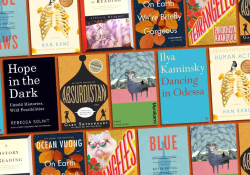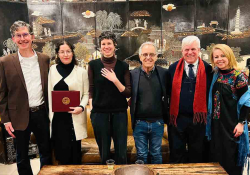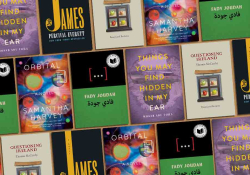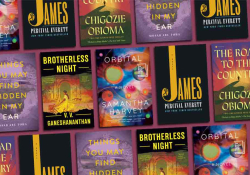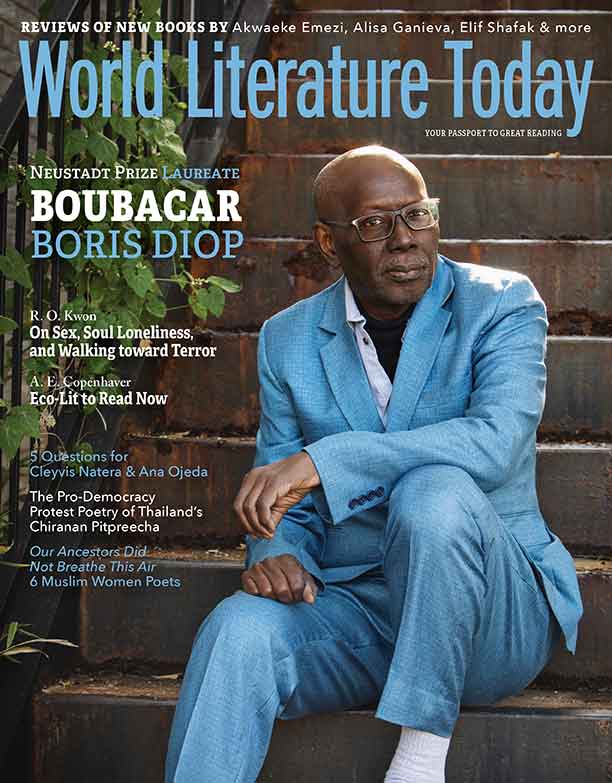75 Years Ago in These Pages: The British Museum Reading Room
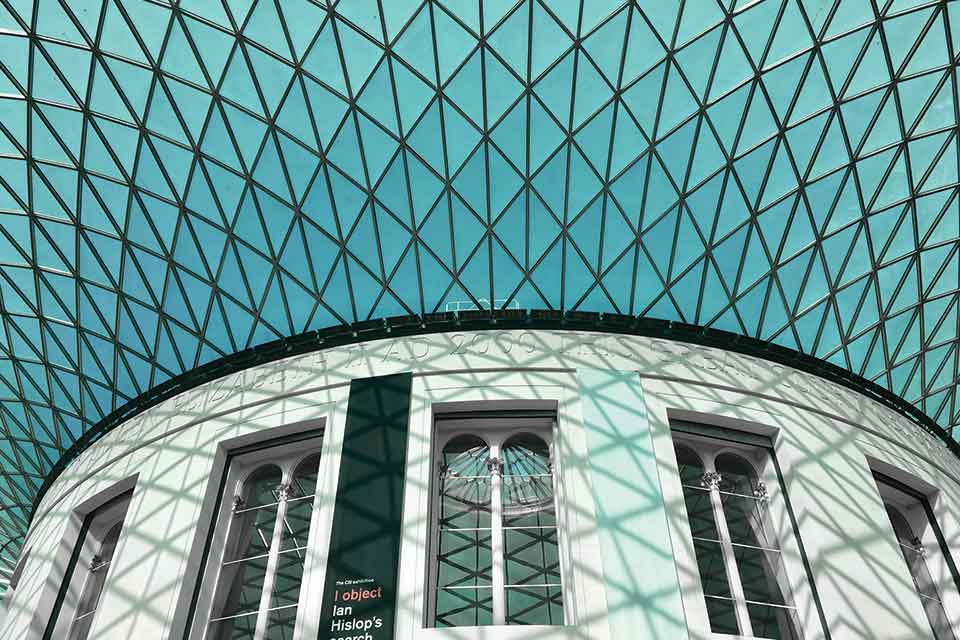
“After extensive renovations and the repair of bomb damage incurred during World War II, the famous Reading Room of the British Museum, London, has been reopened. Five million books, filling bookshelves fifty-five miles long, are at the disposal of anyone who has succeeded in getting a reader’s ticket for the Reading Room of the British Museum, the world’s largest library. . . . Behind the scenes, connected through an elaborate modern mechanism of lifts, trolleys, and conveyor belts, is the wealth of literature collected from every corner of the earth, in every living or dead language. . . .
The gaps [in the collection] you may discover are probably those for which the Luftwaffe is responsible. During the blitz a number of German explosive and incendiary bombs fell on and around the British Museum. A large number of volumes were destroyed, and the historical Reading Room damaged. . . .
Small wonder that for the last two hundred years many famous men of letters, British and foreign writers, politicians, and philosophers have done their research work or written their books and essays in the Reading Room. Sir Walter Scott had his customary place at this desk, Charles Darwin used to work at another; Thomas Carlyle would dig himself in at his favorite spot, behind a wall of historical works. . . . Charles Dickens and David Hume, Browning and Irving, Ruskin and Thackeray, Macaulay and Meredith—there is hardly a name from the index of English literature of the nineteenth century that cannot be found in the list of readers.”
—Egon Larsen, “Fifty-Five Miles of the World’s Books,”
Books Abroad 22, no. 1 (Winter 1948): 14–15


